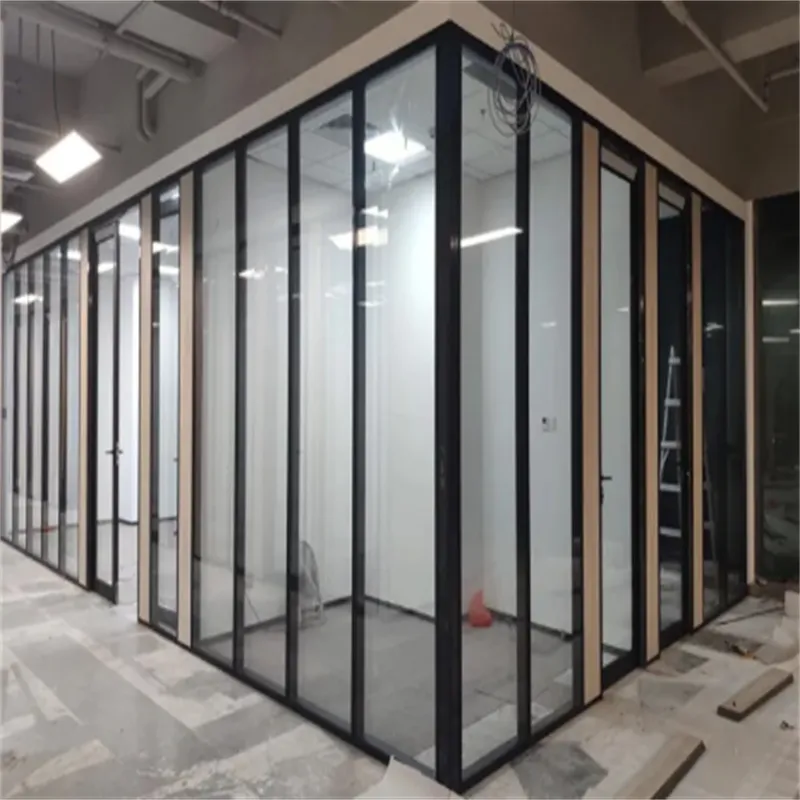Dec . 03, 2024 17:53 Back to list
tempered glass and laminated glass
The Differences and Applications of Tempered Glass and Laminated Glass
Glass has been a crucial material in construction, architecture, and everyday items for centuries. Among the various types of glass available, tempered glass and laminated glass are two of the most common. Each type has distinct properties, benefits, and applications that make them suitable for specific needs. Understanding these differences is essential for architects, builders, and consumers alike.
Tempered Glass
Tempered glass, also known as toughened glass, is produced through a special heat treatment process that enhances its strength. During manufacturing, the glass is heated to over 600 degrees Celsius and then rapidly cooled. This process puts the surface of the glass under compression, making it significantly stronger than standard glass. In fact, tempered glass can withstand impact, thermal stress, and sudden temperature changes much better than its untreated counterparts.
One of the most noteworthy features of tempered glass is its safety. When broken, it shatters into small, blunt pieces rather than sharp shards, reducing the risk of injury. This characteristic makes it an ideal choice for applications where safety is a priority, such as in shower doors, glass doors, and windows in high-traffic areas. Additionally, tempered glass is often used in automobile windshields and facades of skyscrapers.
Despite its numerous advantages, tempered glass has some limitations. It cannot be cut or altered after the tempering process. This restriction means that precise measurements must be taken before manufacturing begins. Furthermore, while it is stronger than regular glass, it can still break under extreme conditions or very high impacts, which limits its use in certain applications.
Laminated Glass
tempered glass and laminated glass

Laminated glass, on the other hand, is made by sandwiching a layer of polyvinyl butyral (PVB) or another interlayer between two or more layers of glass. This construction process provides several benefits, particularly in terms of safety and sound insulation. Laminated glass is designed to hold together when shattered, with the interlayer preventing the shards from dispersing. This property reduces the risk of injury and makes it an excellent choice for skylights, glass floors, and windows in hurricane-prone areas.
Moreover, laminated glass offers enhanced acoustic insulation, making it ideal for urban environments where noise is a concern. The interlayer can significantly reduce sound transmission, providing a quieter interior space. Additionally, laminated glass can be manufactured with various UV filters, helping to protect furniture and flooring from sun damage.
One of the main drawbacks of laminated glass is that it can be heavier than tempered glass, which may necessitate more robust framing and support structures. While it is versatile in terms of design options, including decorative and tinted laminates, the cost can be higher due to the complexity of its manufacturing process.
Conclusion
In summary, tempered glass and laminated glass each have unique properties that cater to different needs in construction and design. Tempered glass is favored for its strength and safety features, making it suitable for a range of applications that require durability and impact resistance. In contrast, laminated glass excels in safety, sound insulation, and UV protection, making it the go-to choice for environments where these factors are paramount.
When choosing between the two, the specific requirements of the project—considering factors like safety, aesthetics, and functionality—will guide the decision. Both types of glass contribute significantly to modern architecture and design, ensuring safety and enhancing aesthetic appeal in our built environments.
-
Safety and Style with Premium Laminated Glass Solutions
NewsJun.24,2025
-
Reinvents Security with Premium Wired Glass
NewsJun.24,2025
-
Premium Float Glass Line for Modern Architecture
NewsJun.24,2025
-
Low Emissivity Glass for Energy-Efficient Architecture
NewsJun.24,2025
-
High-Performance Insulated Glass Solutions for Modern Architecture
NewsJun.24,2025
-
Elevates Interior Style with Premium Silver Mirror
NewsJun.24,2025
Related PRODUCTS














